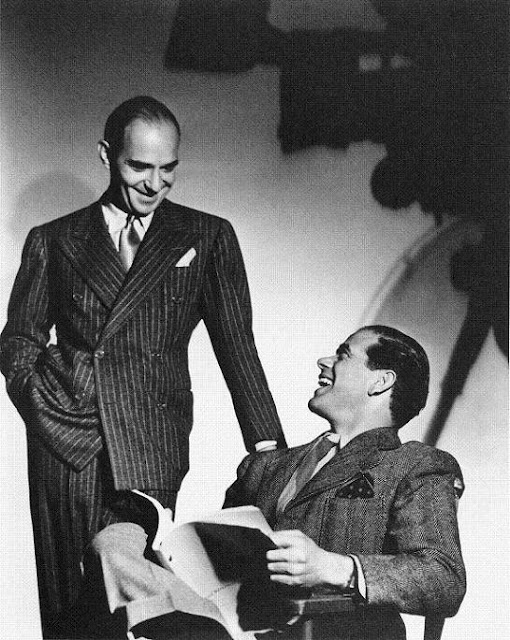 I don't expect readers to like these pictures. They're not really the best work of these artists. Even so, they're useful for illustrating one of the most intense rivalries in the history of art and for showing how competition stimulates artistic growth.
I don't expect readers to like these pictures. They're not really the best work of these artists. Even so, they're useful for illustrating one of the most intense rivalries in the history of art and for showing how competition stimulates artistic growth.
Usually the back and forth started with Matisse. He'd paint something and Picasso would try to top it. Matisse had a reputation for being drastic and cutting edge and and that's the way Picasso wanted to be regarded. What better way than to take whatever the most drastic artist did and do something similar that's even more drastic?
 Here (above) Picasso takes the Matisse picture of the woman surrounded by pattern (topmost) and does his own, even more stylized version of the same subject. It's not one of Picasso's best, in fact, it's kitsch in my opinion. The picture has no conviction. It's drastic for the sake of being drastic.
Here (above) Picasso takes the Matisse picture of the woman surrounded by pattern (topmost) and does his own, even more stylized version of the same subject. It's not one of Picasso's best, in fact, it's kitsch in my opinion. The picture has no conviction. It's drastic for the sake of being drastic.I imagine that Matisse must have been mad when he saw it. How irritating to have someone following you up, repainting your pictures in their own shallow "look-at-me" style.
 Or maybe Matisse wasn't mad. He's on record as having exchanged pictures with Picasso and he was always enquiring about his health. Maybe Matisse valued the stimulus of the competition.
Or maybe Matisse wasn't mad. He's on record as having exchanged pictures with Picasso and he was always enquiring about his health. Maybe Matisse valued the stimulus of the competition. Eventually Picasso's knock-offs became more and more confidant, so much so that Matisse would sometimes copy Picasso. Compare the Matisse (black and white above) with Picasso (immediately above). Somehow Picasso made the knock-offs into a coherent style. Well, whatever works.
Eventually Picasso's knock-offs became more and more confidant, so much so that Matisse would sometimes copy Picasso. Compare the Matisse (black and white above) with Picasso (immediately above). Somehow Picasso made the knock-offs into a coherent style. Well, whatever works. In an effort to out-do his imitator Matisse sometimes went to far. In the picture above Matisse tries to be mathematical and cold like Picasso and succeeds too well in a sense. This picture has none of the warmth we normally associate with Matisse.
In an effort to out-do his imitator Matisse sometimes went to far. In the picture above Matisse tries to be mathematical and cold like Picasso and succeeds too well in a sense. This picture has none of the warmth we normally associate with Matisse. Picasso (the picture above), on the other hand, for once succeeds in being more warm and appealing than Matisse. Amazing!
Picasso (the picture above), on the other hand, for once succeeds in being more warm and appealing than Matisse. Amazing!
The reason I put these pictures up was to suggest that we can learn something from their painters' rivalry. Maybe it's a good idea to pick an illustrious target and try to beat him at his own game. The idea isn't to steal another person's ideas but to use them as a springboard to create your own ideas. Sometimes new ideas have to form around the nucleus of an old idea.
I hope I don't create monster copiests by talking like this. I used the word "copy" to describe what Picasso did but as you can see from the examples, Picasso did a lot more than copy. The man was heavily influenced but he didn't steal.







 A question: let's say you're in a restaurant, the kind where you pour the drink yourself...do you take whatever the machine offers straight or do you mix and match your drink?
A question: let's say you're in a restaurant, the kind where you pour the drink yourself...do you take whatever the machine offers straight or do you mix and match your drink?









